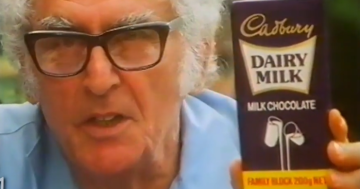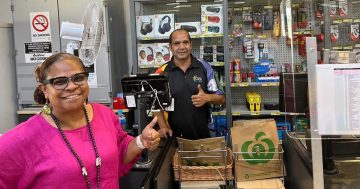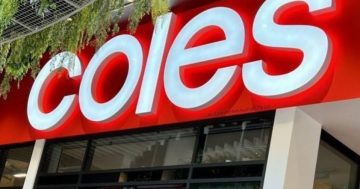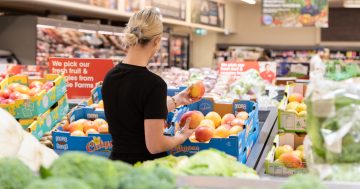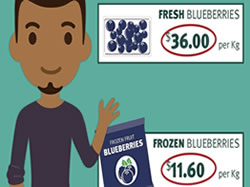 Consumer and Business Services (CBS) is encouraging shoppers to read the fine print when shopping for groceries to save money.
Consumer and Business Services (CBS) is encouraging shoppers to read the fine print when shopping for groceries to save money.
Highlighting the importance of reading the unit price, CBS said that while people were often attracted by a displayed price that seemed cheaper than a similar item, it paid to make sure the comparison was ‘like for like’.
“Unit pricing, usually found on shelf labels in stores, shows the price of grocery products as a cost per standard unit of measurement,” it said.
“Large grocery stores, and some online grocery retailers, must display unit pricing when selling packaged food and other products – e.g. bread, eggs, fruit and vegetables and toilet paper.
“Unit pricing makes it easier to compare products across different sizes, brands and packaging types, such as fresh and frozen.”
Illustrating its point, CBS said if a 125g punnet of blueberries cost $4.50, the shelf label or supermarket app would also show the unit price at $36.
“Then you see the unit price for frozen blueberries is only $11.60 – now you can decide which is better value and will work better for the dessert you plan to make,” it said.
CBS said shoppers could use unit pricing to get better value for money by comparing different package sizes and package types; different brands; special and normal prices; packaged and loose; fresh, frozen, dried or canned; and similar and substitute products.
They could also benefit by comparing different convenience levels (e.g. cheese in blocks, slices, grated or diced); different grocery retailers, including online stores; and unit prices in different parts of the supermarket (e.g. sliced meat from the deli section compared with packs from the fridge section).
Further information on unit pricing can be accessed on the Australian Competition and Consumer Commission’s (ACCC) website at this PS News link.


